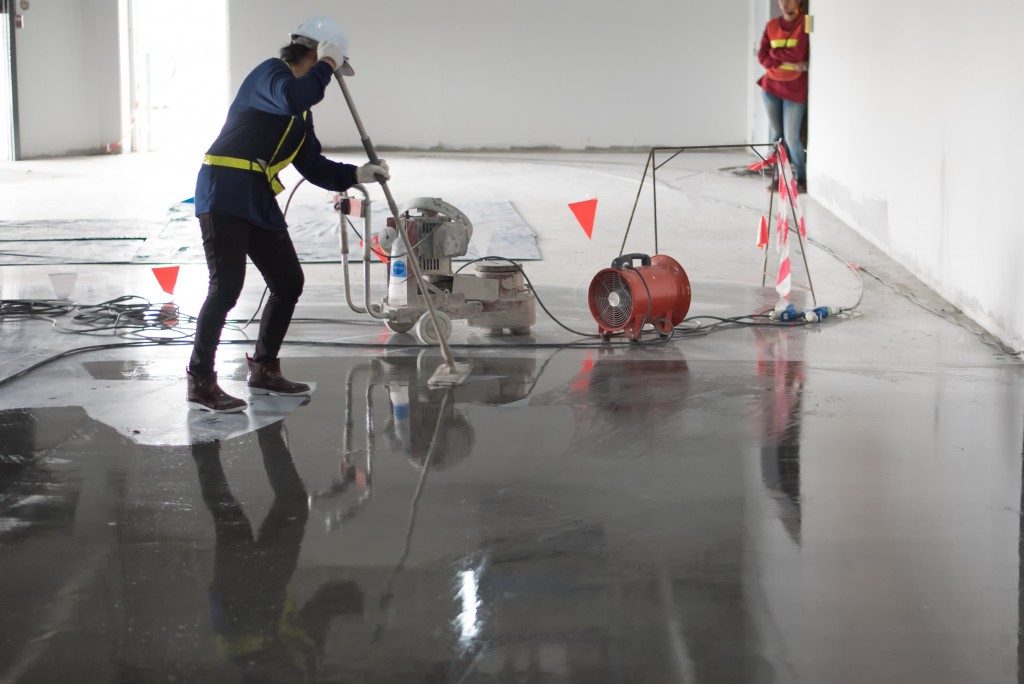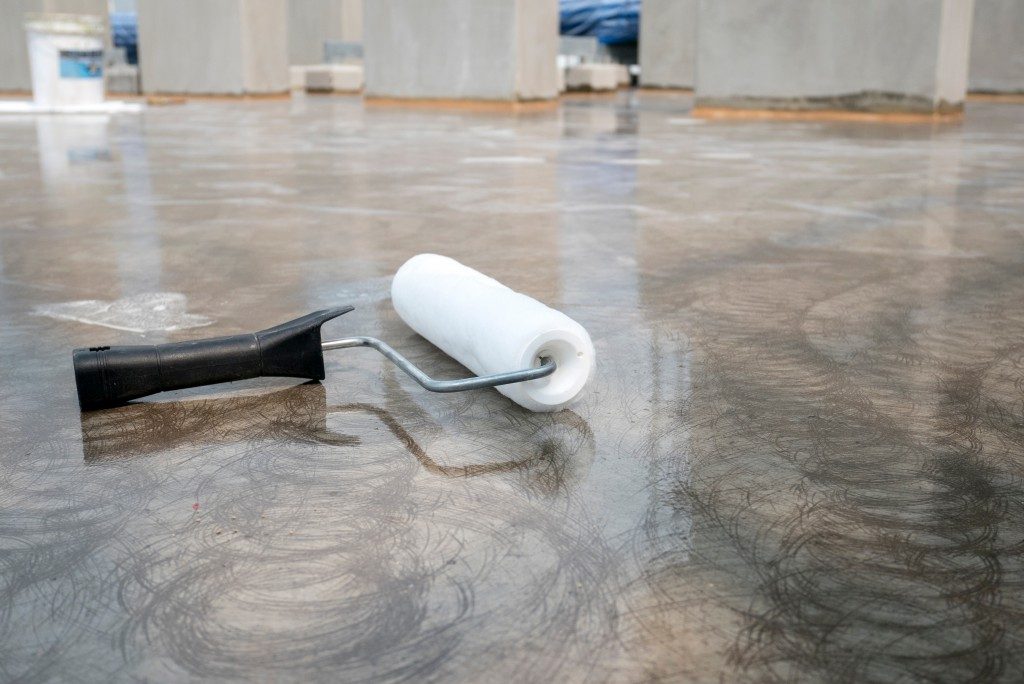A floor that requires much attention becomes too tedious and rather impractical. Durable and low maintenance floors are appealing to American families these days.
There is no shortage of options — from hardwood timber to engineered laminates, and there’s the traditional tile floor that you can always count on. Below is more information about concrete.
Flooring installation made easy
Hiring a professional team to install the floor is always a good idea. If your budget won’t allow it, there is another way around the problem. Install it yourself. You can pour concrete yourself if you have a proper bucket and shovel. It’s easy. First, you must mix the components in the right proportions.
Once you get the consistency of pancake batter, you can start pouring it. Take out a rake and level the putty on the entire surface area. Spreading the concrete evenly allows for a smooth finish. Use a dye and mix it to create an eye-catching shade, or you can always go for a neutral tone for elegance and chic.
Sealing the floor makes it more formidable, and resistant to spills and stains. You can pour and polish the floor by yourself, and it will not disappoint. Concrete is such a great material to work with. What more can you ask for, really?
Polishing the floor
Because of its potential for versatility, concrete is now a comparably popular architectural choice. Concrete may seem rough, and it looks quite rugged as soon as it’s dry. Nevertheless, the material can evolve into something more elegant and sophisticated.

To achieve this, homeowners would need to invest in a chemical densifier treatment, and time allotted for grinding. Polishing improves the appearance and extends the floor’s lifespan.
The process of polishing a floor made from concrete is established already, so you can consult a floor polishing veteran for advice. A lower finish is grittier, while a higher finish is finer.
The effect of excess moisture on longevity and quality
Concrete flooring is so versatile you can have them in any part of the house, even in the bathroom. While the flooring material is highly reliable, it can start deteriorating from within if you neglect concrete slab moisture mitigation.
The excess water could come from underground sources. Concrete is porous, and water pushed with high pressure could end up on the floor. Other possible sources are irrigation, rainwater, and the installation process. (Too much water may have been added to the mix.)
Moisture retained will undo the installation over time. Everything else above the floor would be affected as well. On top of hundreds of dollars of unplanned expense for floor repairs, you’d be dealing with moldy carpets and bubbly furniture coating.
Any moisture issue that is not addressed immediately has the potential to escalate. Moisture mitigation services can identify problems at the early stages, and advice you on interventions. The use of standard instruments for measuring the moisture content of the floor.
Concrete is a stylish and versatile choice for modern American homes. It may not be a traditional choice, but it bodes well with modern families who want something affordable, practical, and customizable. Moreover, the design potential is practically limitless.

